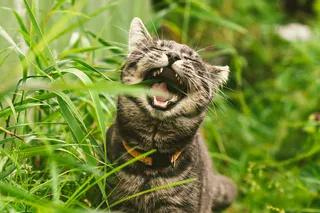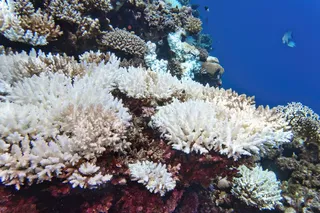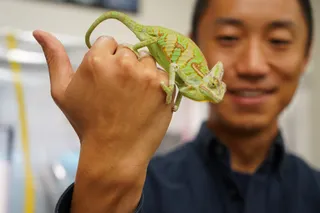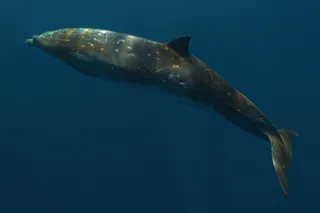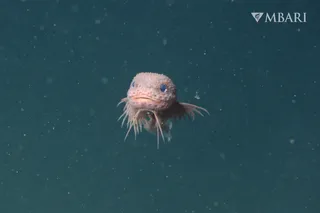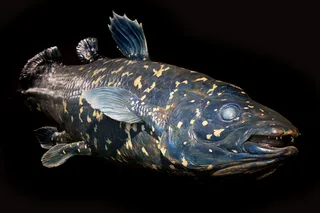Neandertals differ from recent and terminal Pleistocene human populations in their patterns of dental development, endostructural (internal structure) organization, and relative tissue proportions. Although significant changes in craniofacial and postcranial morphology have been found between the Middle Paleolithic and earlier Upper Paleolithic modern humans of western Eurasia and the terminal Pleistocene and Holocene inhabitants of the same region, most studies of dental maturation and structural morphology have compared Neandertals only to later Holocene humans. To assess whether earlier modern humans contrasted with later modern populations and possibly approached the Neandertal pattern, we used high-resolution microtomography to analyze the remarkably complete mixed dentition of the early Upper Paleolithic (Gravettian) child from Abrigo do Lagar Velho, Portugal, and compared it to a Neandertal sample, the late Upper Paleolithic (Magdalenian) child of La Madeleine, ...
Primitive man had "Neandertal teeth"
Explore the dental maturational sequence of an early Upper Paleolithic child from Abrigo do Lagar Velho, revealing Neandertal traits.
More on Discover
Stay Curious
SubscribeTo The Magazine
Save up to 40% off the cover price when you subscribe to Discover magazine.
Subscribe

